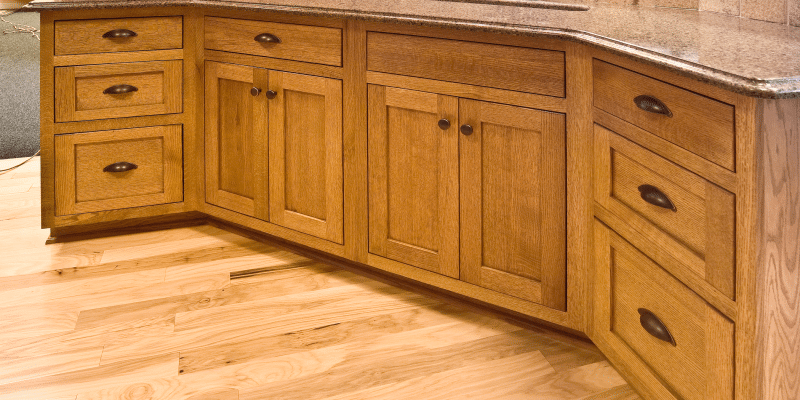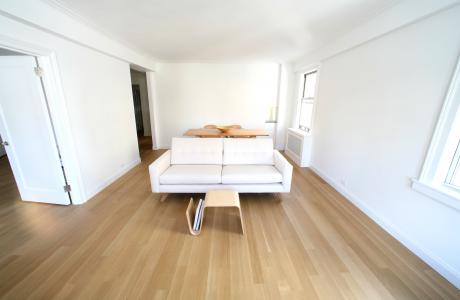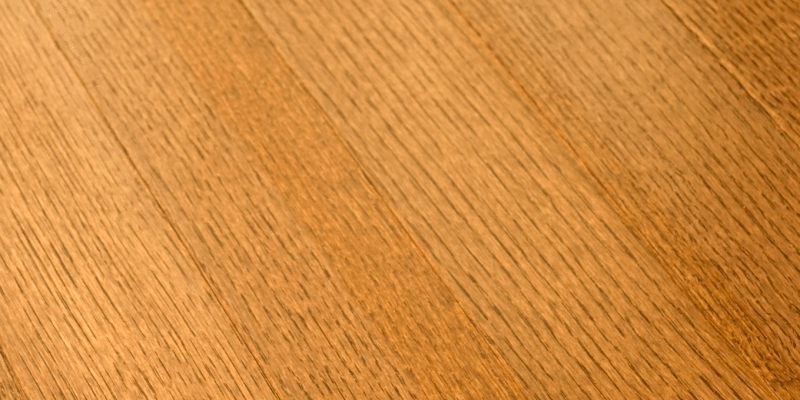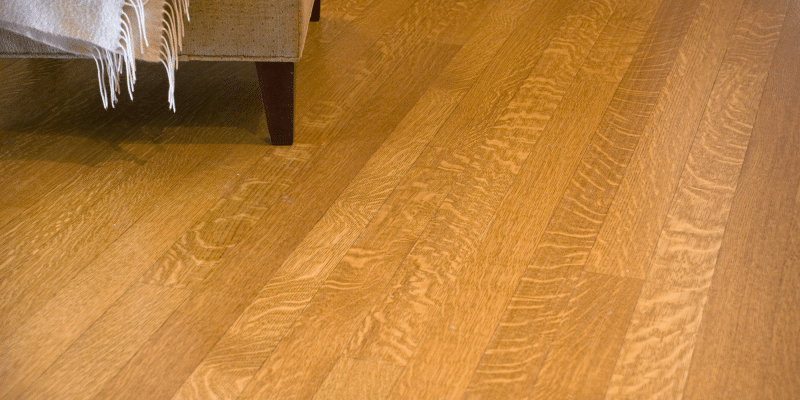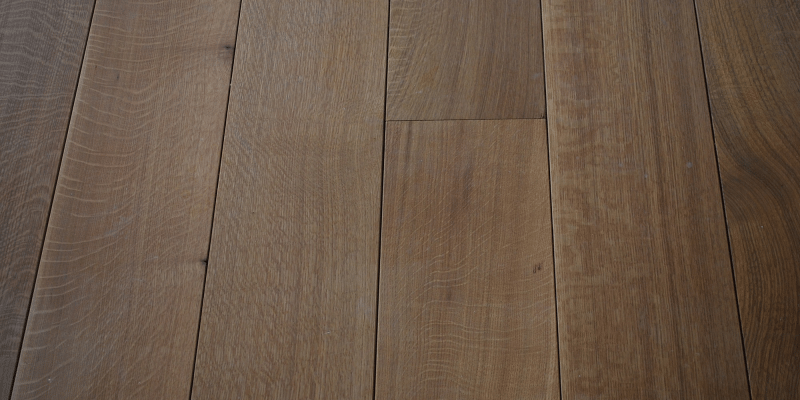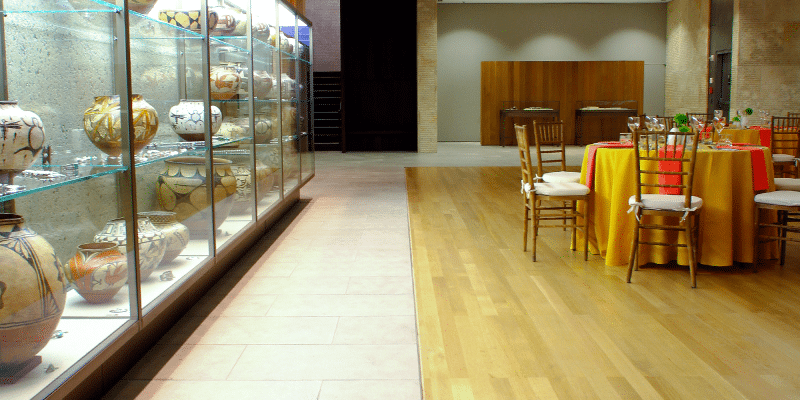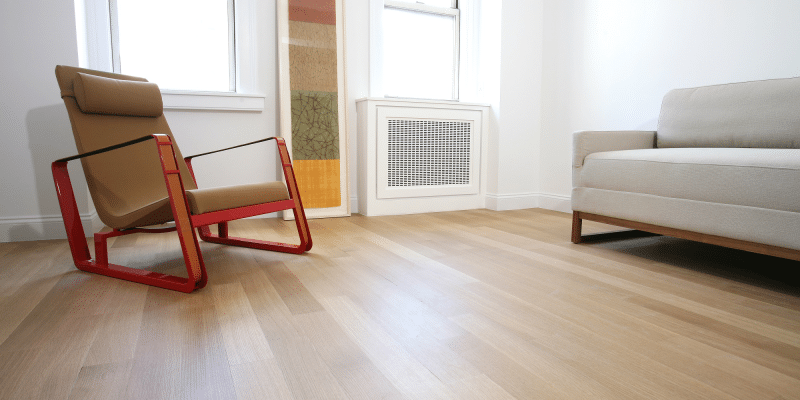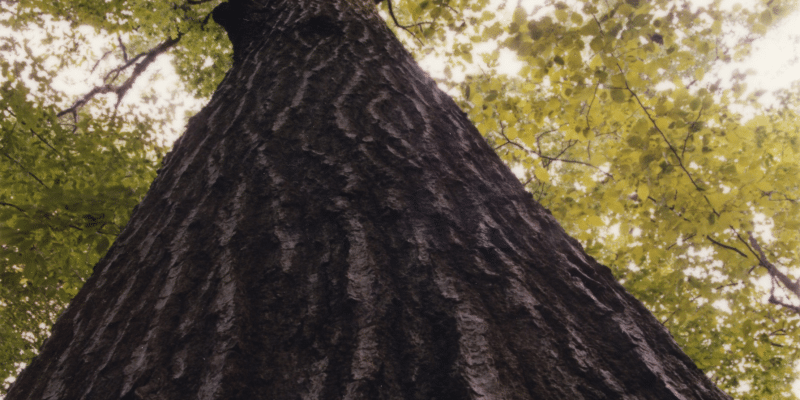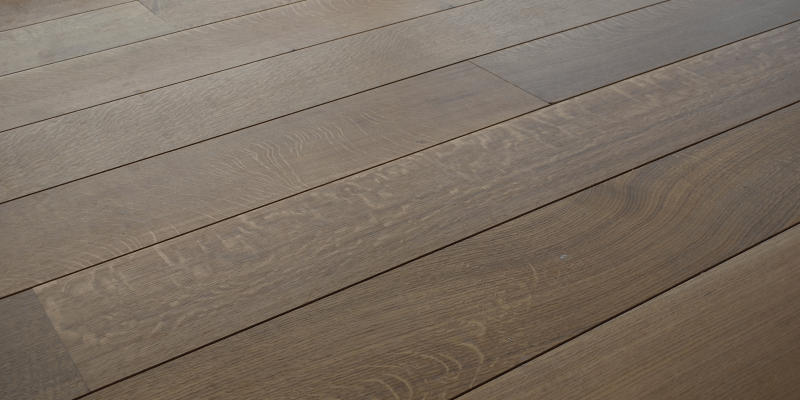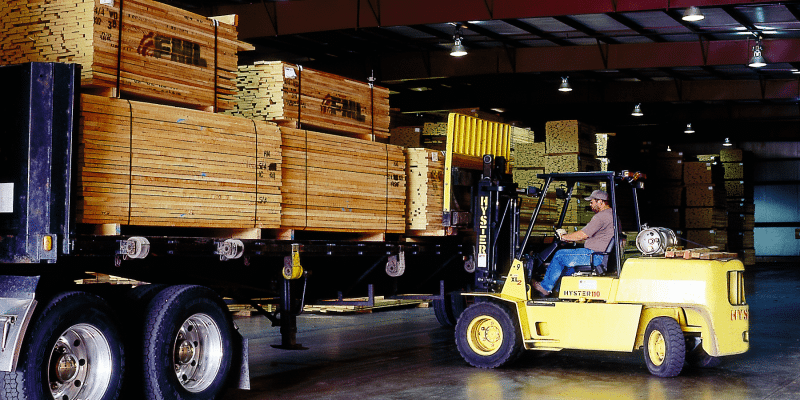A friend sent me this picture of Patrick Stewart doing a one armed push-up and while that is an impressive feat, my eye was immediately drawn to the floor, which is rift white oak. Now I want to find out more – is that Patrick’s house? Who made the floor? Who designed the space? Could the lumber have come from Frank Miller?
I spend a significant amount of time thumbing through Architectural Digest and Architectural Record looking at the amazingly beautiful homes, hotels and other commercial buildings featured. From time to time I see a gorgeous floor or built-in cabinetry that appears to be made from quartersawn white or red oak. Rarely, if ever, is the flooring mentioned in the article. I have, from time to time, tried to chase down the architects to see about writing a case study on the quartersawn lumber used in their design. With a few exceptions, that effort has proved fruitless.
One perfect example of the futility of this effort is an 8,000 square foot residential space in Portland, Oregon where I worked with the architect on using rift white oak for the floors. They were thinking of using an exotic wood for which there would be no sustainability paper trail and I convinced them to use rift white oak because it is FSC certified and was the most stable and beautiful floor they could lay in that space. These conversations spanned many months and in the end the designers went with rift white oak and apparently were thrilled with it. Naturally the goal was to have the rift white oak come from Frank Miller Lumber so that the quality could be monitored. We fine-tuned the lumber specifications to align them with the realities of the resource and I followed the job from start to finish. The missing link was the contractor who took the specs and delivered the flooring on time. I tried repeatedly to talk to the contractor to find out who made the floors so that I might be able to determine if the flooring manufacturer is a customer of Frank Miller’s. The contractor refused to reveal the source of the flooring as if revealing that information would somehow compromise his business. I offered to have professional photographs taken of the project that he could use for his own marketing efforts. All of my work was in vain. I can reasonably assume that the lumber came from Frank Miller, but without knowing for sure, I can’t write a case study. We know in that case that all of that lumber came from our mill.
The tricky thing is that because Frank Miller Lumber is not a flooring manufacturer we can’t say for sure where all of the lumber we produce goes. When I suggest that designers and architects work directly with the mill, I mean that Frank Miller Lumber should be specified as the source of the lumber. When that happens, all of the worries about quality, appearance and timely delivery are settled. Frank Miller Lumber, when specified, becomes a partner in the project, one upon whom you can rely. We can even recommend the best flooring manufacturers in the area surrounding the project to heighten your sense of security. After the project is complete we can write a case study to tell the world about your beautiful work.

